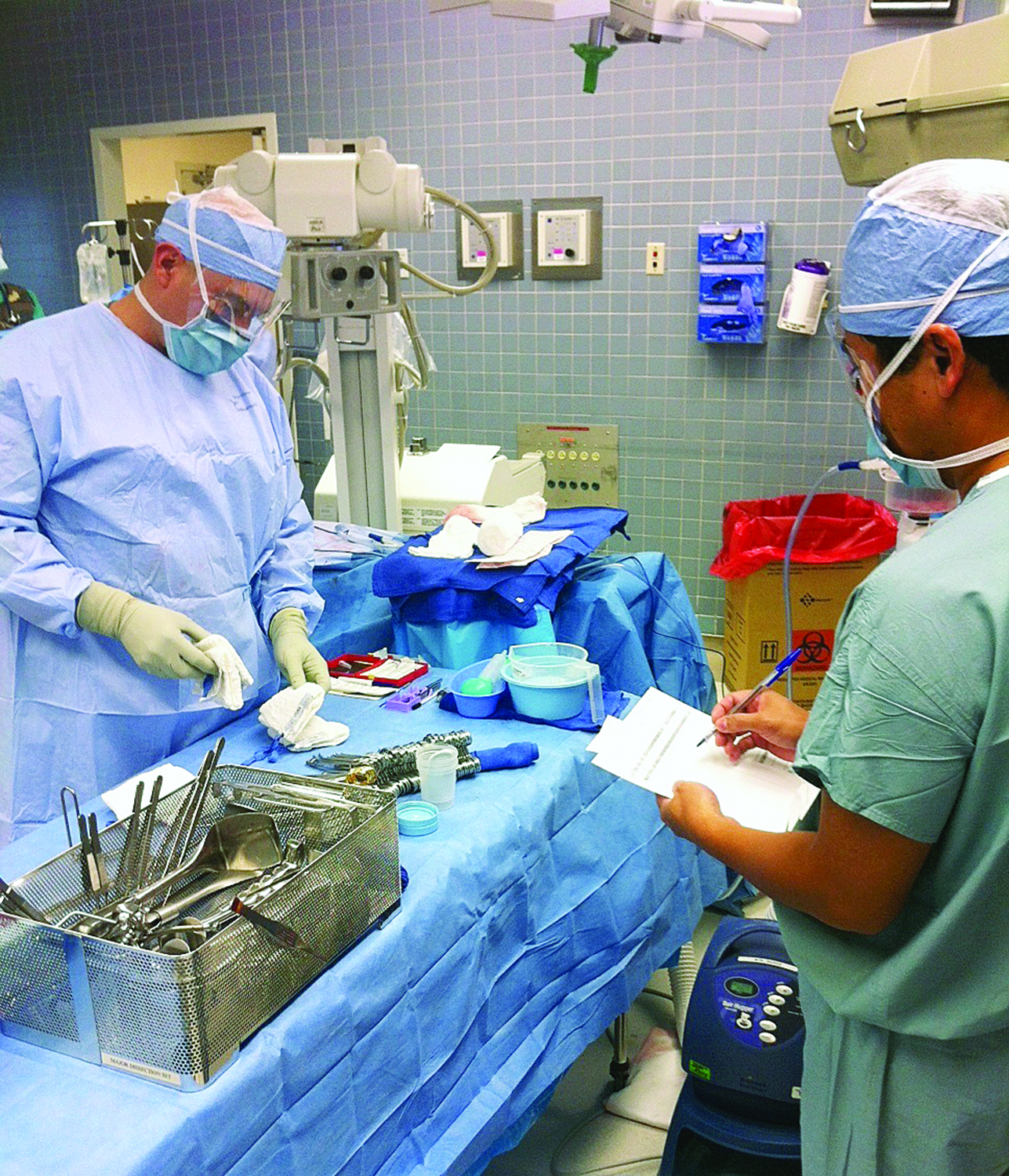My hospital's sterile processing department is a constant buzz of activity. We manage 2,000 instrument sets and 47 techs work around the clock to reprocess more than 300 trays — from basic laparoscopy equipment to complex orthopedic instrumentation — each day. As one of the department's directors, it's my job to make sure instruments are cleaned, sterilized and sent back to the ORs as quickly as possible. I know all too well that busy central sterile departments and high-volume ORs are dynamic environments where the best laid plans can change in an instant.
We once received a call from an OR where the surgeon was about to perform a total knee replacement and needed a Hohmann retractor, which was missing from the instrument tray. It was the only retractor we had in stock. Or so I thought. I punched the tool's serial number into our hospital's instrument tracking system — the Google of sterile processing — and discovered we had another retractor in a tray that'd been sitting in storage for months. One of our reprocessing techs ran it up to the OR so the case could start on time. Crisis averted.
Locating specific instruments such as the retractor without the benefit of tracking software would be like finding a suture needle in a haystack, so the tracking technology can help you get out of the occasional jam. But a more practical benefit is what it does for you on a day-to-day basis: It records how long it takes to clean, sterilize and reassemble instrument sets, and provides the information you need to increase efficiencies in sterile processing and improve collaboration between reprocessing techs and members of your surgical team.
- Real-time adjustments. In our hospital, trays full of soiled instruments are scanned when they arrive in decontamination, after they've been passed through an automated washer, after reassembly for sterilization and before they're placed in storage. The tracking system populates a digital count sheet of items that are supposed to be in individual trays, giving reprocessing techs a reference to work from while they're confirming sets are complete before they're sent to ORs. It also pinpoints specific shelves and racks on which trays are stored, a significant benefit in a high-volume sterile processing department.
At any given time, our department is managing more than 200 trays that are at various stages of the reprocessing process. Keeping tabs on the status of each tray lets me recognize potential bottlenecks before they happen and shift resources on the fly to make sure instruments are sterilized as efficiently as possible.
- Process enhancements. Tracking systems let you identify specific trays that have been reprocessed, the techs who handled the cleaning and sterilizing, what time the tray was sterilized and which sterilizer it was run through. That information can prove invaluable when analyzing the performance of your sterile processing department and figuring out how to run it more efficiently. I'm able to generate monthly reports on how many trays are reprocessed during specific shifts, how many sterilizer loads are run and which techs handle the highest number of trays. That lets me know exactly how much work is being done during each shift and gives me the analytics I need to adjust staffing levels as needed. It also creates a sense of informal competition among the reprocessing techs, who like to see their names at the top of the productivity list.
- Vendor accountability. We also scan instruments before they're sent out for general maintenance or repair, and the tracking system keeps a running list of each tray's maintenance status. If trays were repaired on a Monday, and a surgeon complains about the set's scissors being dull the following Friday, we know to address the issue with our maintenance provider.
.svg?sfvrsn=be606e78_3)


.svg?sfvrsn=56b2f850_5)